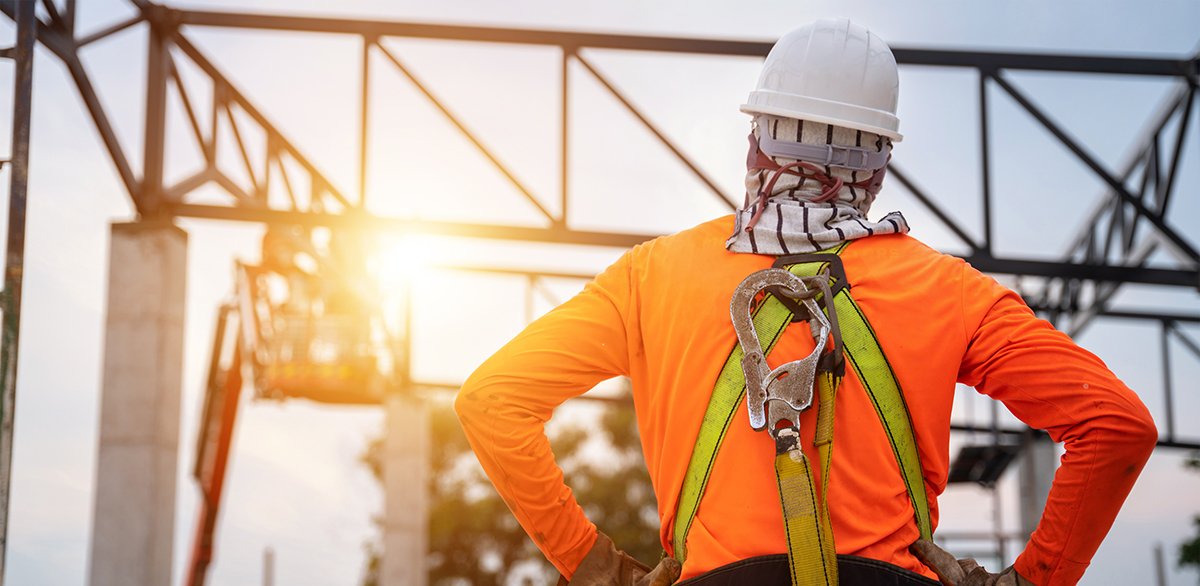Fall Protection & Facade Access Systems in General Industry: Staying Safe and Compliant in the USA
In the United States, falls are one of the leading causes of serious injuries and fatalities in the workplace, especially in industries involving building maintenance, facade access, and exterior work at heights. For facility managers, maintenance teams, and building owners, integrating comprehensive Fall Protection and Facade Access Systems is not only a best practice—it’s a legal and ethical obligation.
Why Fall Protection Matters
For general industry (not construction), the key regulation is:
- 29 CFR 1910 Subpart D – Walking-Working Surfaces
This includes requirements for:- Guardrails
- Fall arrest systems
- Ladder safety
- Personal fall protection systems
- Inspection and training requirements
Under these rules, employers must provide protection for employees working at heights of 4 feet or more in general industry settings.
What Are Facade Access Systems?
Facade access systems allow workers to safely reach the exterior of buildings for tasks like:
- Window cleaning
- Repairs and sealing
- Inspections
- Painting and coating
These systems range from permanent, integrated mechanical systems to portable platforms and rope-based methods. The right solution depends on building height, frequency of access, and architectural complexity.
Types of Facade Access Systems in General Industry
- Building Maintenance Units (BMUs):
Permanently installed equipment that offers full vertical and horizontal access. Often includes powered platforms or cradles.
- Suspended Access Equipment (Cradles):
Temporary platforms suspended from the roof with wire ropes, ideal for facade repairs and cleaning on mid- to high-rise buildings.
- Rope Descent Systems (RDS):
Cost-effective and flexible, these systems allow trained technicians to rappel down the side of buildings. OSHA limits their use to 300 feet in height unless there’s a site-specific hazard analysis and exception.
- Anchorage Systems:
Permanent or portable fall protection anchor points installed on rooftops or parapets. These serve as tie-off points for personal fall arrest systems (PFAS).
- Davits and Monorails:
Used to support suspended platforms or access chairs. These systems are often integrated into building rooftops or ledges.
- Guardrails and Safety Railing Systems:
Ideal for rooftops with regular foot traffic. OSHA-compliant guardrails eliminate the need for personal fall protection in many cases.
Integrating Fall Protection with Facade Access
For facade access systems to be safe and OSHA-compliant, they must integrate with a fall protection program. This includes:
- Training: Workers must be trained on how to properly use the equipment, recognize hazards, and respond to emergencies.
- Fall Arrest Systems: Full-body harnesses, lanyards, and shock-absorbing devices connected to approved anchor points.
- Fall Restraint Systems: Prevent workers from reaching a fall hazard.
- Horizontal Lifelines: Provide continuous protection as a worker moves across a ledge or roofline.
- Inspection and Certification: All fall protection components must be regularly inspected and maintained.
Key Considerations for General Industry Facilities
- Risk Assessment:
Start with a hazard analysis of all exterior access points and rooftop work areas. Identify fall hazards, structural features, and access frequency.
- System Design and Engineering:
Engage a certified engineer or fall protection specialist to design facade access systems that integrate OSHA-compliant safety features.
- Compliance Documentation:
Maintain up-to-date documentation on inspections, training records, equipment certifications, and fall protection plans.
- Emergency Planning:
Ensure workers have a rescue plan in case of fall arrest, particularly for suspended access or rope descent systems.
Final Thoughts
Fall protection and facade access are more than compliance issues—they’re matters of life and death. In the U.S., general industry employers must ensure workers can safely access, inspect, and maintain building exteriors without risking serious injury. By combining the right equipment, training, and procedures, organizations can reduce liability, increase worker confidence, and preserve the integrity of their buildings for years to come.
Need Help?
If you’re a facility manager, property owner, or safety coordinator looking to implement or upgrade your facade access and fall protection systems, consult with a qualified safety consultant or equipment provider familiar with OSHA 1910 standards.
Tieback Safety, Inc is here to help with any questions you have on this subject. Reach out to us at (888) 671-5711 or email Paul at pbetts@tiebacksafety.com.

